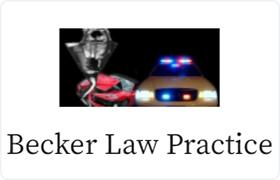Modesto DUI-DWI Lawyer, California
Sponsored Law Firm
-
 x
x

Click For More Info:
-
Becker Law Practice
333 University Ave Suite 200 Sacramento, CA 95825» view mapCriminal Defense Law I Will Protect Your Rights
The Becker Law Practice is familiar with laws that impact the Sacramento area, and I provide local representation in matters that could benefit from my particular services.
800-996-3610
Zach Drivon
DUI-DWI, Personal Injury, Criminal
Status: In Good Standing *Status is reviewed annually. For latest information visit here
Ruben Antonio Villalobos
DUI-DWI
Status: In Good Standing *Status is reviewed annually. For latest information visit here Licensed: 27 Years
Ramon Magana
Criminal, DUI-DWI, Felony, Juvenile Law
Status: In Good Standing *Status is reviewed annually. For latest information visit here Licensed: 50 Years
 Matthew Becker Sacramento, CA
Matthew Becker Sacramento, CA Practice AreasExpertise
Practice AreasExpertise